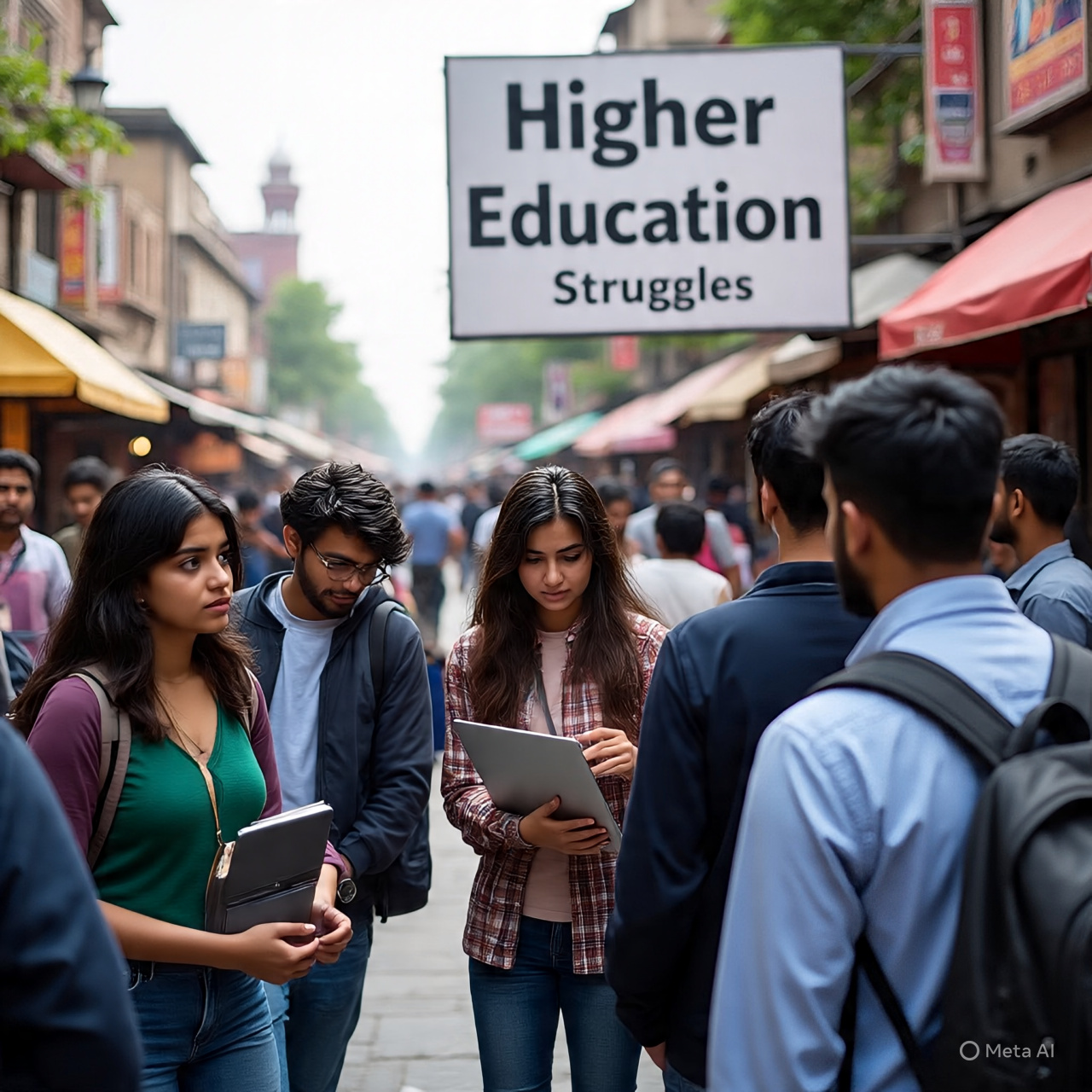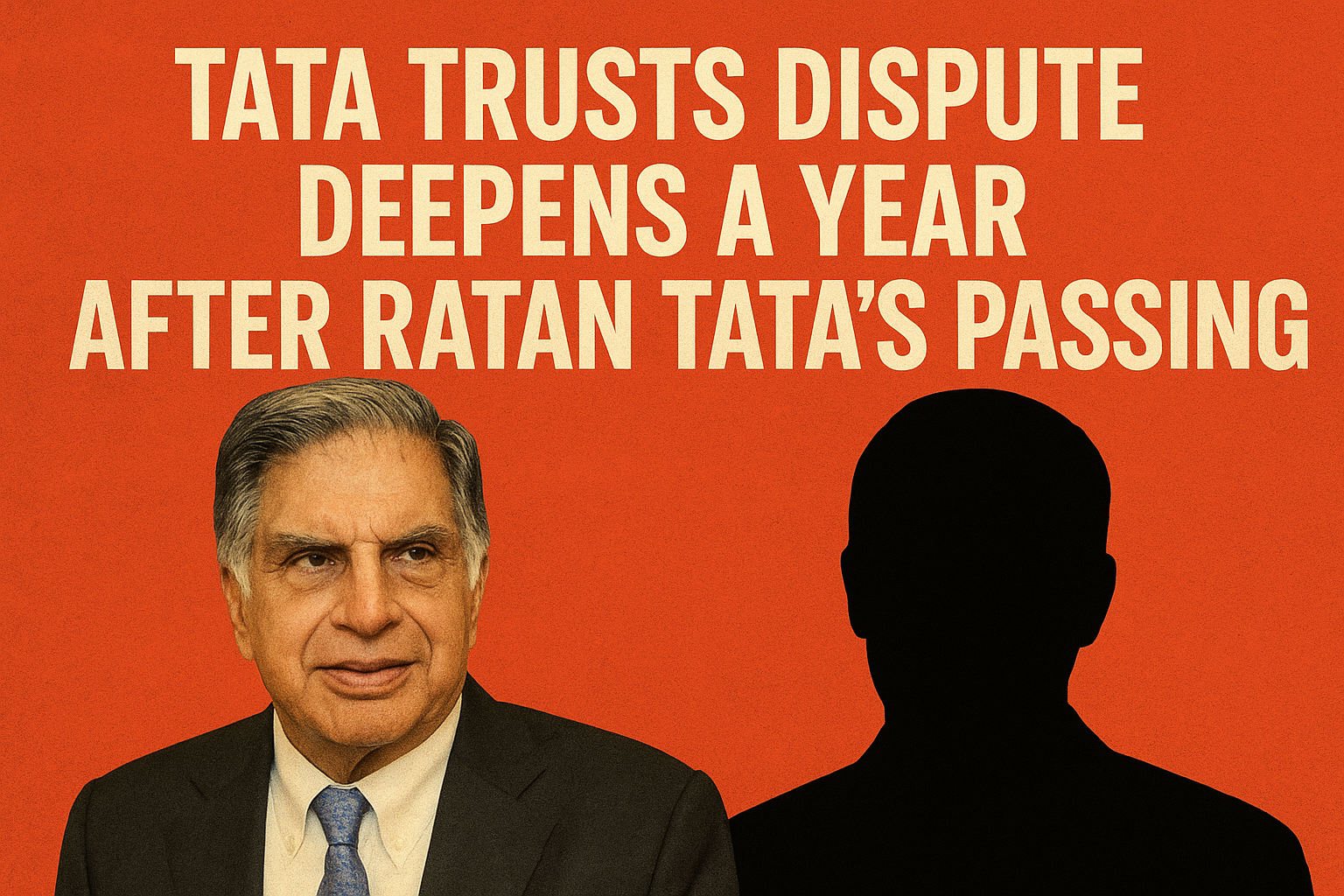
In a country where access to higher education for girls remains hindered by economic, social, and structural barriers, billionaire philanthropist Azim Premji’s recent pledge stands out as a milestone in India’s journey toward gender equity in education. The Azim Premji Foundation has committed ₹2,250 crore over the next three years to support up to 250,000 girls in completing their college education. This marks the largest direct benefit transfer scheme ever launched by a not-for-profit private entity in India.
A Lifeline for Government School Girls
The initiative targets girls who have completed their 10th and 12th grades in government schools. Eligible students can apply for the Azim Premji Scholarship and receive ₹30,000 annually, ₹90,000 in total, for a three-year college program. The scholarship, beginning in September, will serve as a critical support system for students admitted to bona fide colleges, significantly easing their financial burden.
According to Anurag Behar, CEO of the Azim Premji Foundation, the scheme’s goal is not just to provide funds but to drive systemic change. “If a girl can complete higher education, she becomes empowered and can control her life’s trajectory,” Behar emphasized.
The Stark Reality of Female Education in India
Despite progress in literacy, India continues to grapple with sharp gender disparities in higher education. According to the Economic Survey 2024–25, India has approximately 25 crore students, with nearly half attending government schools. While primary school enrollment hovers around 93%, it drops to 77.4% by Class VI. Shockingly, only 56.2% of students complete their 12th-grade schooling, and fewer than one-third, about 27%, go on to pursue college.
Dropout rates are even more severe among girls, often driven by financial hardship, household responsibilities, early marriage, or societal stigma. Only 27.3% of females aged 18 to 23 are enrolled in higher education, compared to 26.7% of males, according to AISHE 2020–21. While the gap appears narrow, the absolute number of out-of-college girls remains alarmingly high given India’s population.
Financial Barriers: A Silent Discriminator
Education-related expenses, including tuition, transport, books, and boarding, exert disproportionate pressure on underprivileged families, especially when it comes to daughters. Even with schemes like Beti Bachao, Beti Padhao, the reach has been limited and uneven across states. In rural areas, the opportunity cost of sending a girl to college is often weighed against the need for domestic labor or early marriage.
Premji’s initiative directly addresses this bottleneck. By placing cash in the hands of students, the scheme bypasses bureaucratic red tape and enables families to prioritize their daughters’ higher education.
Long-Term Impact: More Than Just Numbers
Investment in girls’ education is not merely a philanthropic gesture. It is a national imperative. UNESCO estimates that every additional year of schooling for girls can boost a country’s GDP growth by 0.37%. Educated women are more likely to delay marriage, have fewer and healthier children, and join the workforce. Yet only 19.6% of women in India participate in the formal labor force, one of the lowest rates globally.
By enabling a quarter-million girls to earn college degrees, the Azim Premji Foundation is not just transforming individual lives. It is altering India’s social and economic trajectory. These young women could become teachers, nurses, engineers, entrepreneurs, and leaders, shaping the nation from the grassroots up.
Beyond Charity, Toward Justice
Premji’s pledge reflects a profound understanding that philanthropy must intersect with equity and justice. It is a powerful reminder that empowering young girls is not merely about access. It is about agency. When given the right support, girls don’t just study, they soar. And as they rise, so does the nation.




.jpeg)
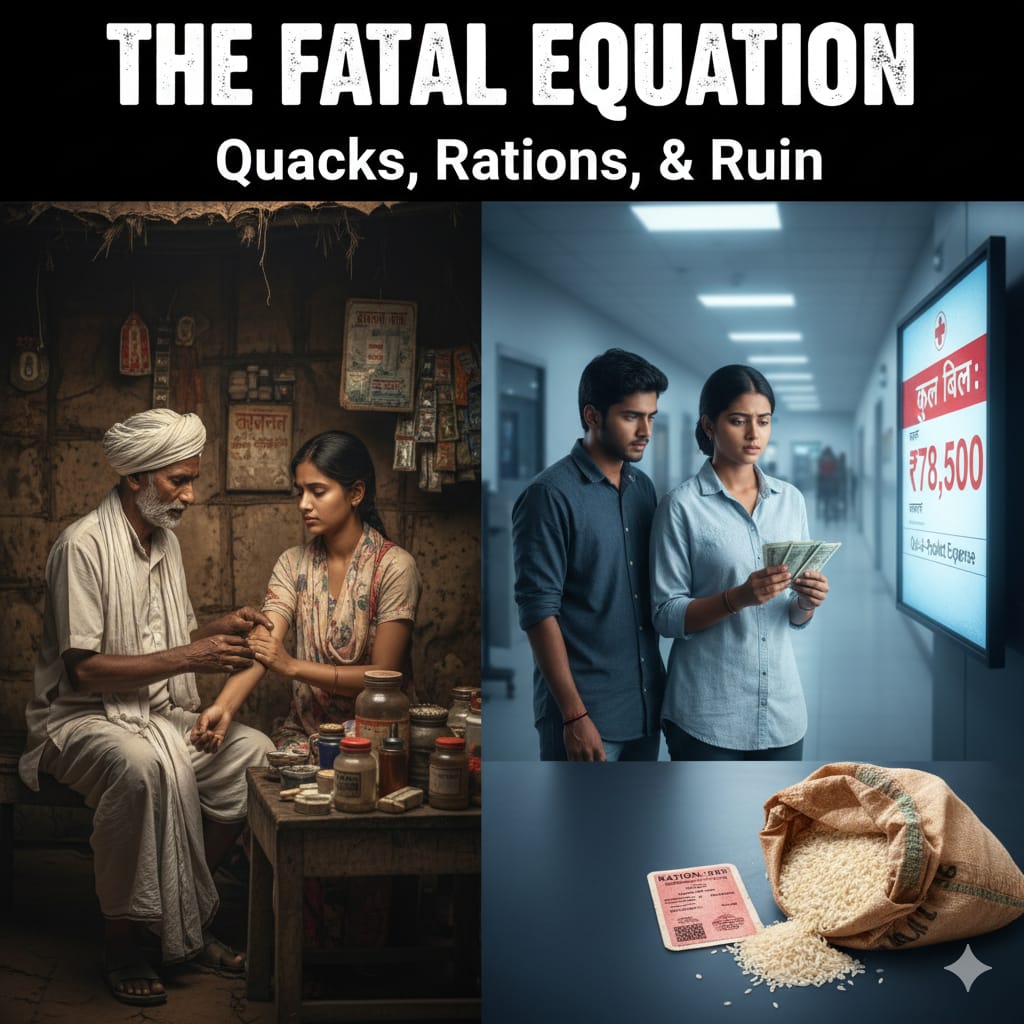
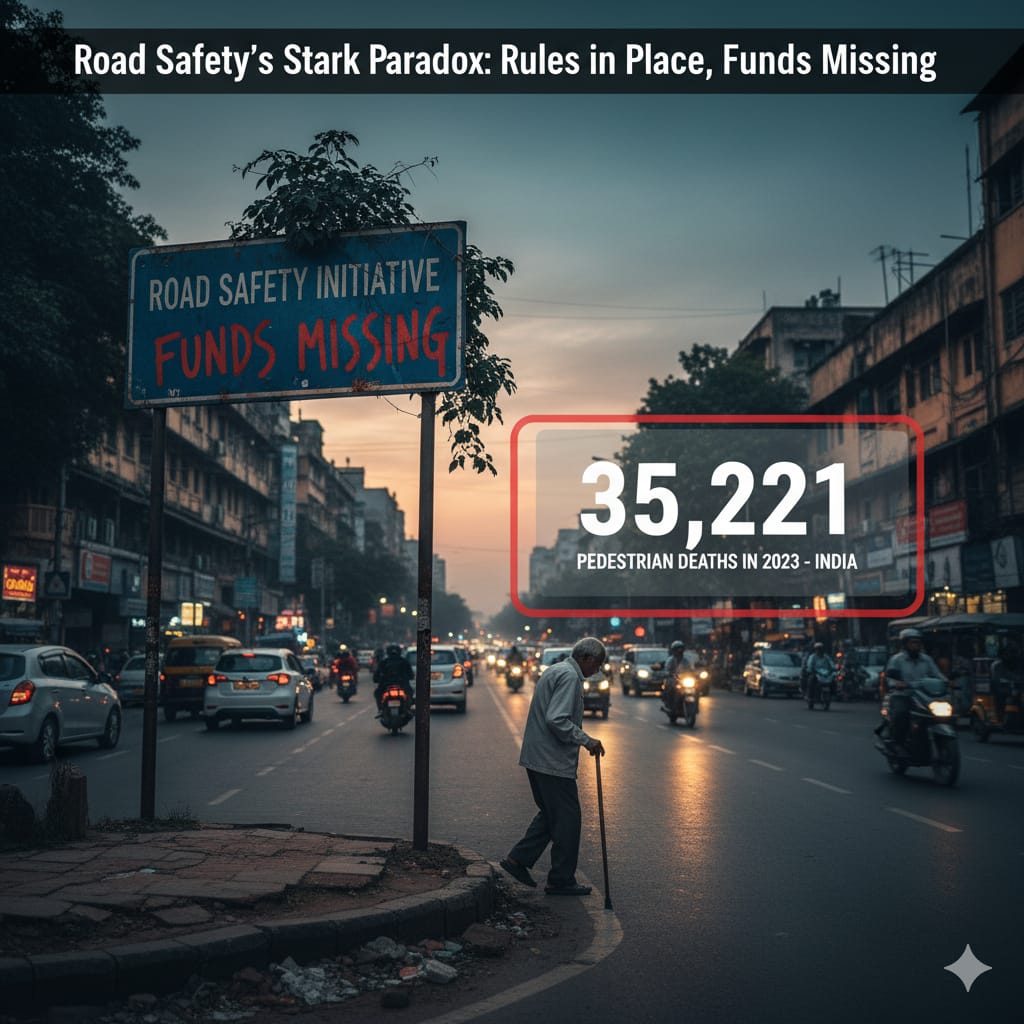
.jpeg)

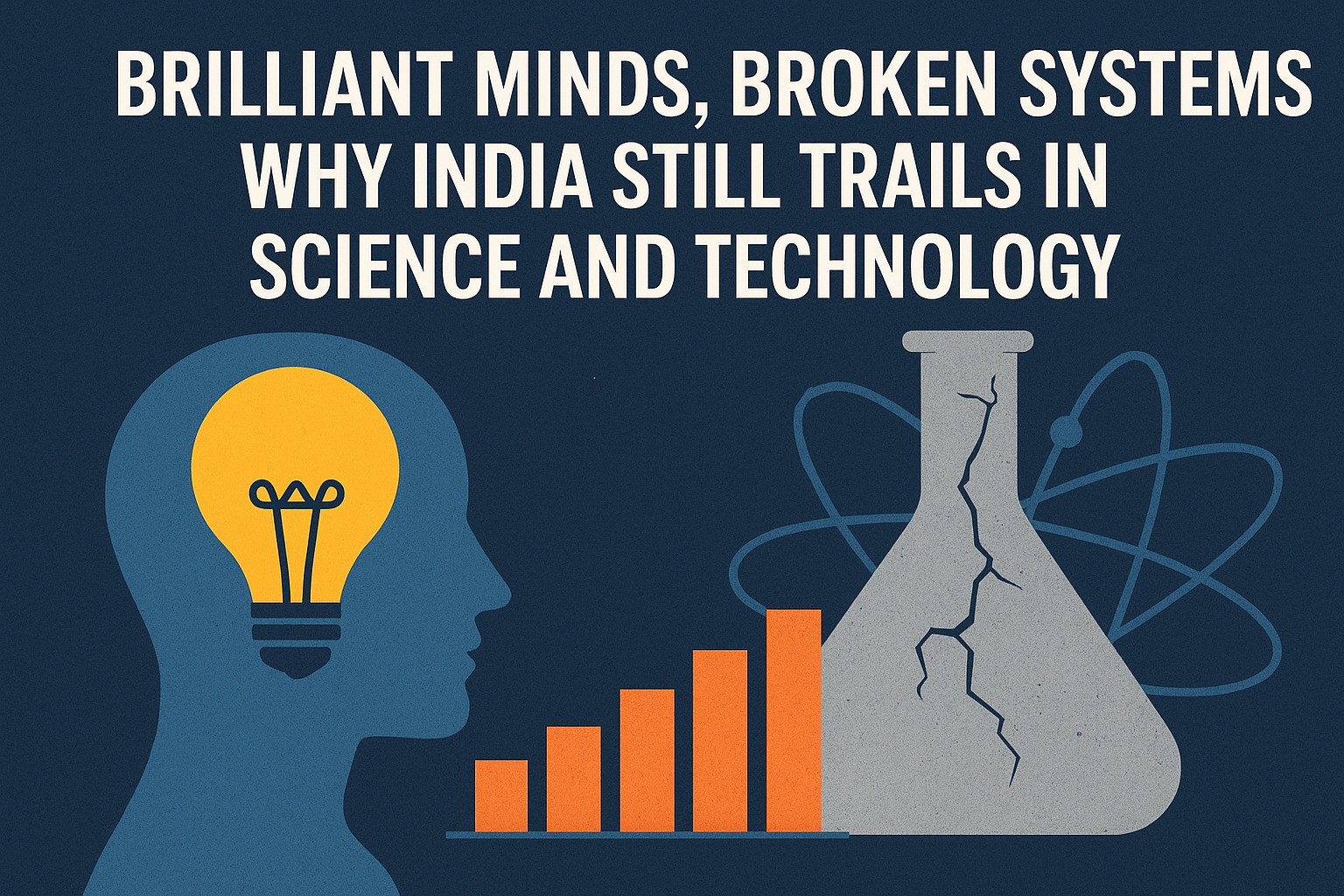


.jpeg)







